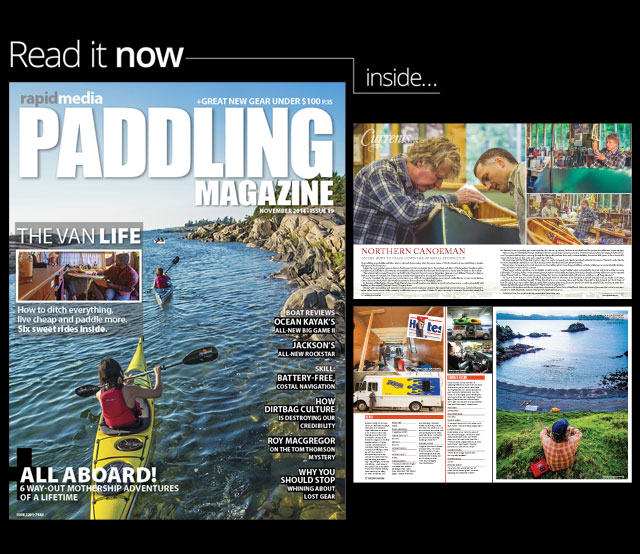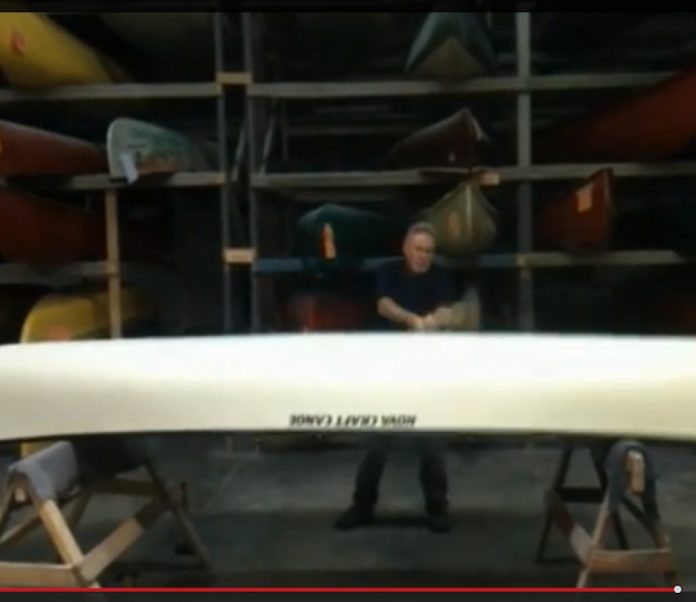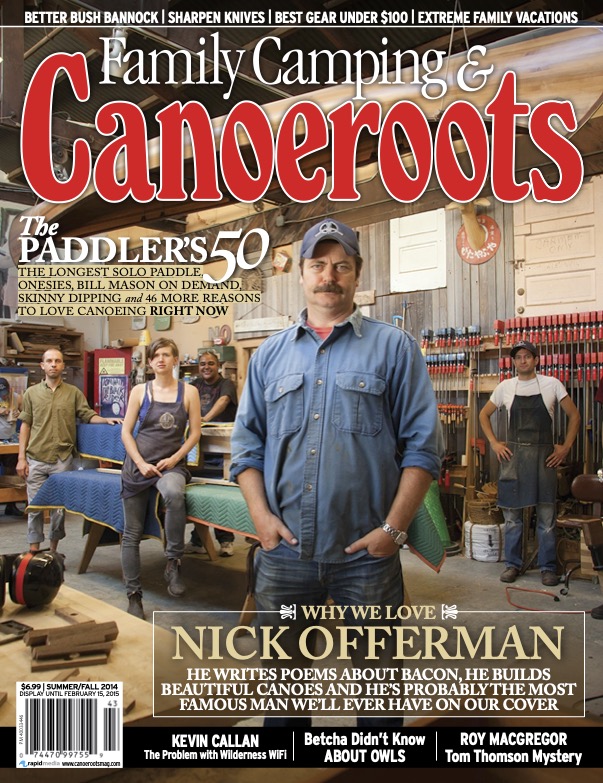To be a great whitewater kayak photographer you must be a participant in the sport as well. Due to the nature of kayaking—the isolation of rivers—photographers must paddle to remote locations, carrying with them all the gear they need to ensure evocative images make their way into magazine and onto screens.
Shooting great whitewater photography means balancing photography with participation, and combining camera expertise and technical knowledge with river smarts and kayak skills. Eric Parker is an accomplished photographer. Which also means he’s also an accomplished whitewater kayaker, keeping up with pros on rivers around the world. Often, he’s photographing a rapid he’s already run with all his gear.
Getting great shots doesn’t come without planning. Parker shares his whitewater soaked knowledge on how he gets the gear to the location to get the shot.
What camera gear do you bring with you paddling?
Eric Parker: I have a few different packing setups that I like to use while shooting kayaking. The first step is identifying what type of river and what kind of kayaking I want to do. Having a good dry bag is the fundamental key to success while carrying any camera gear or anything of value.
For lighter and quick laps down the river I typically bring my Camera (Canon 5D Mark III), a wide-angle lens (16mm-35mm), a small lens cloth, a cotton T-shirt to wipe my hands and dry my camera, and a Watershed bag liner.
When I am more focused on shooting and would like to bring more gear I use a larger dry bag, and I may bring a mid-range lens (50mm or 24mm-105mm), a telephoto lens (70mm-200mm), an external flash, and extra memory cards and batteries.
On an expedition, I try to keep my camera bag light. Weight adds up quick when you are packing food, clothing and camping equipment. I try to limit my gear to camera, wide-angle lens and either a mid-range lens or a telephoto lens.
How do you pack your gear? What are your tips for keeping gear dry, safe from swims and bumping around in a kayak?
EP: This is where packing gets technical. Having a quality dry bag is fundamental, as is the way you pack it. Even if you have a badass dry bag it isn’t going to protect your camera when you beater off a waterfall or send it through a class V rapid. Having solid internal protection is key.
On most river trips I like to use the Watershed bag liners, which I fully trust. But when I am on stouter rivers with bigger waterfalls I like a little more protection. I find the strongest protection on a dime is to make a custom liner with old bow or stern pillar foam. Take a big block of foam and draw an outline with your preferred camera and lens. Cut it out and use the remaining foam to protect the top and bottom of your camera.
Another option for expeditions is to use your sleeping pad as a liner. Obviously this depends on the type of pad you have, but for me I save weight and room for my stern float bags and maximize efficiency. As far a keeping my stuff dry, I always do at least one roll with my dry bag seal and wrap my camera in a cotton T-shirt or extra layer.
Do you run everything with your gear?
EP: I try to keep my camera with me at all times. You never know when you will cross some amazing lighting or a unique angle. But sometimes when I feel that I will do damage to my gear I will run the waterfall and go retrieve the camera after, pass it on to someone that might be walking the drop, and occasionally just walk it myself.
What are the three most important things you consider when packing camera gear?
EP:
1. Using a quality drybag.
2. Bring the right camera gear for job but avoid excess.
3. Use appropriate protection for the style of whitewater you are running. Liners are great but you may want something more substantial for waterfalls, slides and expeditions.
Check out Erik Parker’s images here: Eric Parker Photography.
This photo was taken by Flickr user BigTallGuy and licensed through Creative Commons.















 Get the full article in the digital edition of Canoeroots and Family Camping, Summer/Fall 2014.
Get the full article in the digital edition of Canoeroots and Family Camping, Summer/Fall 2014.